
![]()
~ THE CANTERBURY WORKHOUSE ~
The Union Workhouse
CANTERBURY, KENT
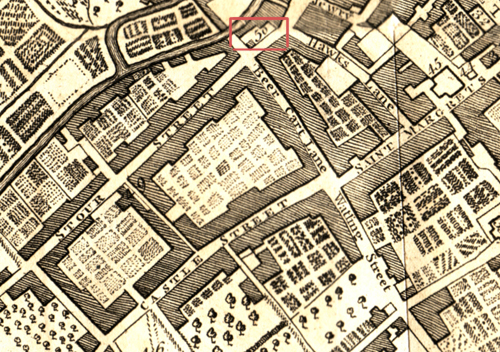
The old workhouse which was the Poor Priests Hospital (no. 50 outlined in red on the map) - map detail c. 1777
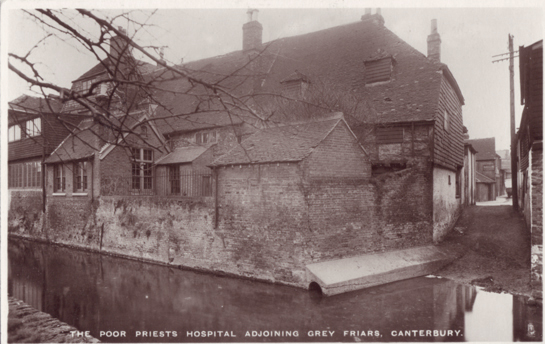
An old postcard in my collection, showing the back of the Poor Priests Hospital from the River (The Old Workhouse)
History of the Canterbury Workhouse
As the history of the way in which the Canterbury Workhouse, together with the lands which have always been attached to it, came into the hands of the Canterbury Guardians is remarkable, I add the following account:
It appears that about ninety years ago, the Guardians, wishing to preserve a history of the property of which they were trustees, caused some old records, of whose present existence I am not aware, to be copied, which contained an epitome of the events relating to the Poor Priest's Hospital, now the workhouse, which had occurred from its foundation in 1240 to the time when the buildings, together with the lands that supported the institution, came into the possession of the city by the grant of Queen Elizabeth. I have caused this account to be copied, and I will only observe, in elucidation, that Simon Langton, the founder of the hospital, was brother to Stephen Langton, the well-known Archbishop of Canterbury. The probable design of the institution was to afford an asylum to those of the clergy who fell sick while visiting the shrine of Becket, then, 1240, in the height of its celebrity. It escaped in the general suppression of religious houses by Henry VIII., most likely on the ground of its hospital character, but was subsequently, in 1575, surrendered to Queen Elizabeth, and by her immediately granted to the mayor and commonalty of Canterbury, by whom the property was made over in 1727, under the provisions of the Local Act, to the Guardians of the poor, for the purpose of maintaining a workhouse, a bridwell, and a blue-coat charity school. The annals would seem to hint that the surrender to the Queen, and subsequent grant to the city, was owing to some corrupt bargain between the mayor and commonality and a Serjeant Lovelace, who was to receive, in case the transaction was completed, an orchard, and to have a bridge built from his garden, across the river Stour, at the expense of the city. It may appear extraordinary that such a circumstance, as it was of the character I have ascribed to it, should have been recorded at all; but it should be observed that it occurs in the annals of the Poor Priests' Hospital, that were probably compiled by one of the members of the society, who would of course have no motive to conceal a transaction that reflected discredit on those who were obtaining possession of property that rightfully belonged to the body of which he was a member.
"The Annals of Poor Priests' Hospital from its Foundations, and the Lands, Tenements, and Herediataments therunto belonging, granted by Queen Elizabeth to the Mayor and Commonalty of the City of Canterbury, and by an Act of Parliament made in the First Year of King George the Second, vested in the Guardians of the Poor in the City of Canterbury."
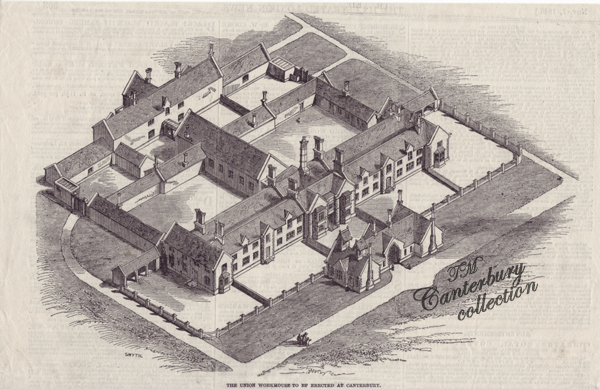
"The Union Workhouse to be erected at Canterbury" (in my collection) 1846, Illustrated London News (Smyth)
Top of Nunnery Fields
1851
Old Dover Road, Union Workhouse in Canterbury (St. Mary Bredin)
Master of Workhouse - George H. Haisell & wife Martha
Richard Coleman - Schoolmaster
Elizabeth Sewell (m) - Schoolmistress *note in the Dover Telegraph Sept 28, 1850
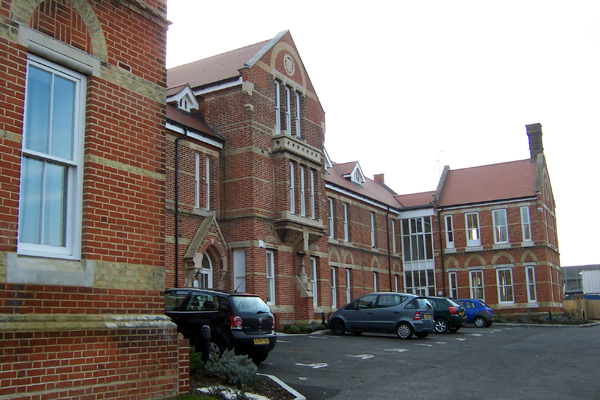
1858
Union Workhouse
Thomas Boorman - President
Rev. P. M. Sanky - Chaplain
F. S. Cooper - Medical Officer
John Brent - Junior Clerk
G. H. Haisell - Governor
Mrs. Haisell - Matron
In 1881 Hannah TERRY (nee Hannah Mary Steady/Steddy) is an inmate of the workhouse, she's noted as widow, charwoman, pauper, born St. Mary Northgate, Hannah died in 1882 at the age of 95
"The Workhouse, situated at the top of Nunnery fields, near the Old Dover road, on the south-west side of the city, is a large red brick building in the later Gothic style; although available for 500 inmates, its average number is not greater than 160, who are employed in making bread, wood splitting & gardening."
Edward Pyner Dawson, Master
Rev. Francis Angel Angel-Smith L.L.D. chaplain
Frank Wacher, medical officer
Miss Eliza Jane Dawson, Matron
Kelly's Directory of Kent 1882
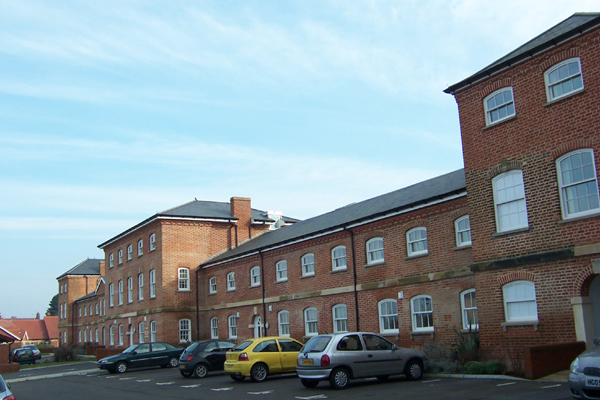
The Whitstable Times and Herne Bay Herald, Saturday, April 12, 1879. The Master's report stated that there were 138 paupers in the house, being a decrease of 8 on the corresponding week of 1878. Casuals relieved during the week, 96; increase, 14. The Board then adjourned.
1889
The Union Workhouse is at the top of Nunnery Fields, a compact, well built, and useful institution. A new infirmary has lately been built in connection with this institution.
Officers of the Board
Henry Mapleton Chapman - Chairman
T. Burren and W. K. Curtis - Vice-Chairman
Henry Ladd - Clerk
George Furley - Treasurer
Frank Wacher - Medical Officer
Rev. Frederick John Oatley Helmore, M.A. - Chaplain
William Thurgar - Master
Mrs. Mary Jane Thurgar - Matron
Henry C. Sutton - Relieving Officer
William Ladd - Collector of Rates
Thomas Maxted - Porter
Mrs. Mary Ann Lawson - Nurse
Miss M. M. L. Ballard - Assistant Nurse
Miss Eliza J. Reynolds - Industrial Trainer
George Rigden - Public Vaccinator
Francis R. Harris - Registrar and Vaccination Officer
The board meets every Tuesday at half-past 10 o'clock a.m. at the Board Room at the Workhouse
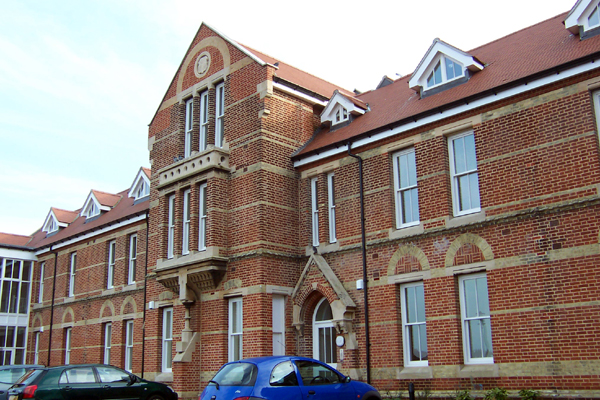
1896 - The accidental death of a workhosue inmate named Jane Catherine Ninn, aged 77 years, occurred on the 16th at the Canterbury Workhouse. Deceased, who was very feeble, was, it appeared, leaning out of bed to reach something and overbalanced, falling down and cutting her forehead. Death was due to shock from the fall, accelerated by old age.
H
1901 - 9 officials and 191 inmates in the Workhouse
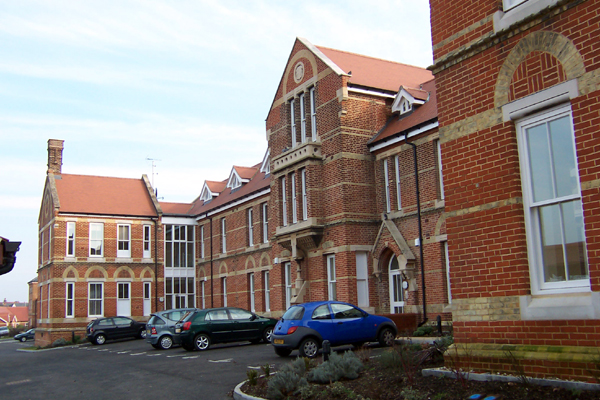
"The Workhouse is at the top of Nunnery Fields, near the Old Dover road, on the south-west side of the city, is a large red brick building, in the later Gothic style; although available for 416 inmates, its average number is not greater than 200, who are employed in making bread, wood splitting & gardening; William Thurgar, master; Rev. Frederick John Ottley Helmore M.A. chaplain; Frank Watcher M.R.C.S. Eng. Medical Officer; Mary Jane Thurgar, matron."
Kelly's Directory of Kent 1903